Sanjeev Rao
Jill Watson: A Virtual Teaching Assistant powered by ChatGPT
May 17, 2024

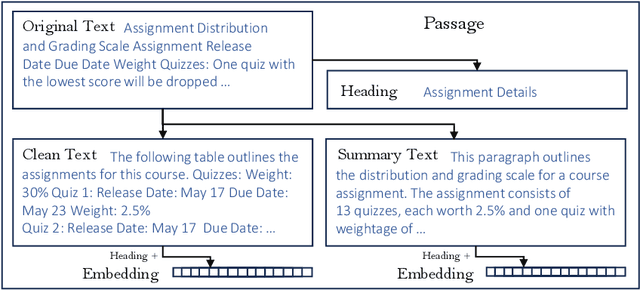

Abstract:Conversational AI agents often require extensive datasets for training that are not publicly released, are limited to social chit-chat or handling a specific domain, and may not be easily extended to accommodate the latest advances in AI technologies. This paper introduces Jill Watson, a conversational Virtual Teaching Assistant (VTA) leveraging the capabilities of ChatGPT. Jill Watson based on ChatGPT requires no prior training and uses a modular design to allow the integration of new APIs using a skill-based architecture inspired by XiaoIce. Jill Watson is also well-suited for intelligent textbooks as it can process and converse using multiple large documents. We exclusively utilize publicly available resources for reproducibility and extensibility. Comparative analysis shows that our system outperforms the legacy knowledge-based Jill Watson as well as the OpenAI Assistants service. We employ many safety measures that reduce instances of hallucinations and toxicity. The paper also includes real-world examples from a classroom setting that demonstrate different features of Jill Watson and its effectiveness.
DeepFlow: Abnormal Traffic Flow Detection Using Siamese Networks
Aug 26, 2021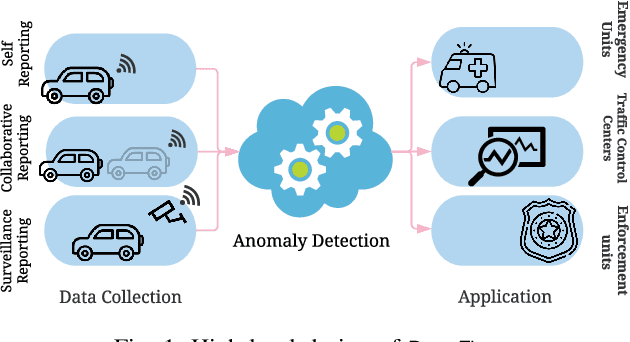
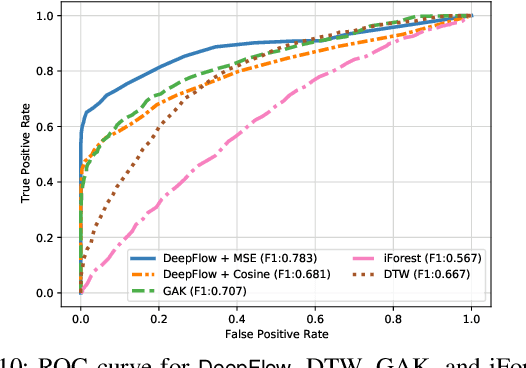
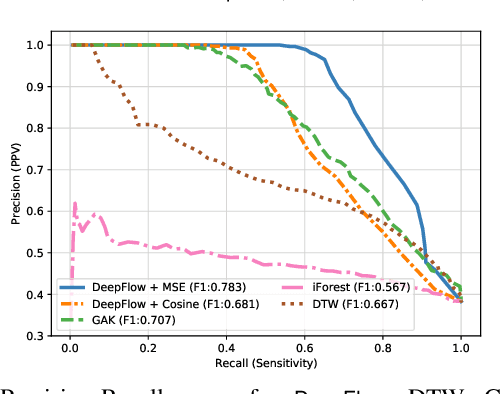
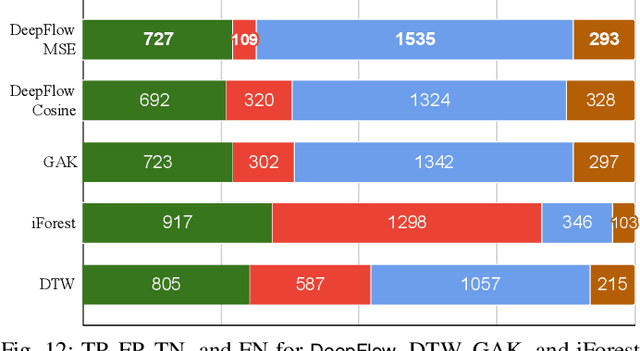
Abstract:Nowadays, many cities are equipped with surveillance systems and traffic control centers to monitor vehicular traffic for road safety and efficiency. The monitoring process is mostly done manually which is inefficient and expensive. In recent years, several data-driven solutions have been proposed in the literature to automatically analyze traffic flow data using machine learning techniques. However, existing solutions require large and comprehensive datasets for training which are not readily available, thus limiting their application. In this paper, we develop a traffic anomaly detection system, referred to as DeepFlow, based on Siamese neural networks, which are suitable in scenarios where only small datasets are available for training. Our model can detect abnormal traffic flows by analyzing the trajectory data collected from the vehicles in a fleet. To evaluate DeepFlow, we use realistic vehicular traffic simulations in SUMO. Our results show that DeepFlow detects abnormal traffic patterns with an F1 score of 78%, while outperforming other existing approaches including: Dynamic Time Warping (DTW), Global Alignment Kernels (GAK), and iForest.
 Add to Chrome
Add to Chrome Add to Firefox
Add to Firefox Add to Edge
Add to Edge